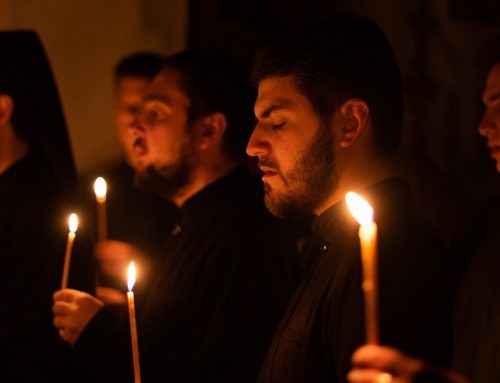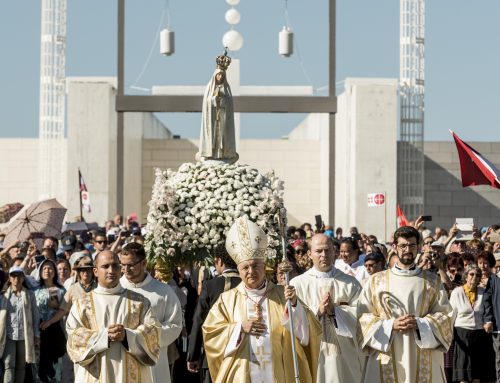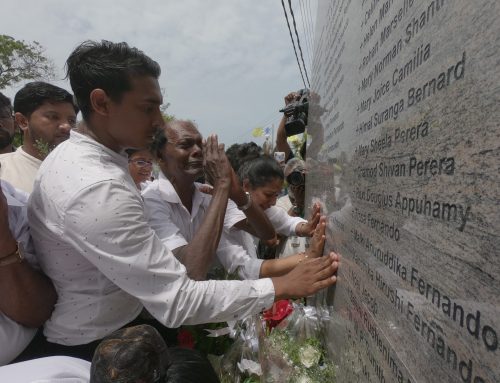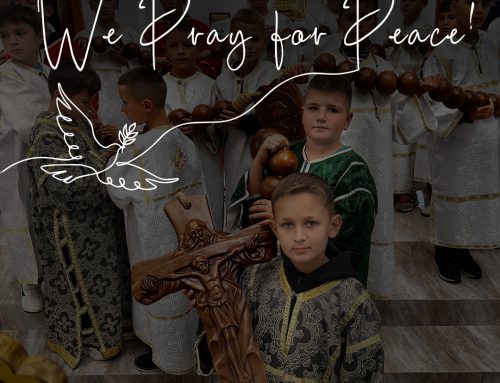CHINA
Another church damaged despite a historic agreement with the Vatican
Just a few weeks after the meeting between the Chinese and Vatican delegations, which reportedly resulted in the drafting of a “historic” agreement on the nominations of bishops in the Chinese Catholic Church, reports are emerging of attacks on churches in a few areas of China. Crosses were removed from the domes and the tympanum of Yining Church as well as external decorations and crosses. Crosses inside the sacred building have also been removed, including the Way of the Cross and decorations in the form of a cross have been ripped from the pews.
The photo above on the left shows the domes, wall decorations, the crosses on the top of the building, before their destruction. The photo on the right shows the damage afterwards. The statues and crosses were destroyed by order of the local government on February 27 and 28. Yining, 700 km west of the capital of Xinjiang, Urumqi, has a Catholic community of a few hundred faithful.
The attack on Christian religious symbols has also affected other cities. Even before last Christmas, all the crosses from the church of Manas were destroyed and there are reports that the same happened in the church of Hutubi.
“It’s a new Cultural Revolution” was most frequent online comment in reaction to photos of the damaged church of Yining. This is a reference to the period from 1966 to 1976 the Red Guards led by Mao and the “band of the Four” implemented the most extreme form of communism by destroying churches, temples, pagodas, prayer books, statues, paintings to annihilate all religion. However, this is an exaggeration as the current situation is far removed from that of those dark times in the 1960s.
What is currently happening in some parts of China these days is a process described as “syndication”. This implies – as Xi Jinping explained three years ago and reaffirmed at the Party Congress last October – “adhering to and developing religious theories with Chinese characteristics”, adhering to the principle of “independence”, adapting religion to socialist society and resisting “religious infiltration from abroad”. Some regional authorities view crosses as “a religious infiltration from abroad” and have removed them but this is not happening throughout China.
The new Regulations on Religious Activities which have been in force for a few weeks now forbid religious activities outside officially registered religious venues. Under the Regulations, proposed last September and implemented on 1 Feb, worship can only be carried out in church, at the times set by the government. This means there should be no prayer meetings in private homes, but the regulations do not forbid people to pray individually. Those who break the Regulations will be subject to prison, fines and even expropriation of the building that houses illegal religious activity.
The Regulations also forbid religious activities on the premises of schools, universities etc. but they do not say explicitly that minors cannot participate in religious activities such as Masses, religious camps and so on. Since last August some four or five county authorities have forbidden children to attend Christian gatherings or even to enter churches. But this has not yet happened nationwide.
The new regulations are now at an early stage and it is difficult to say if they will enforce in the same way and to the same extent all over the country. Christians in some areas are worried that they will be arrested and forced to undergo re-education if the police find two people praying together in their home but so far there are no reports of Christians being arrested for praying at home.
China is in the midst of an impressive religious renaissance. Accurate figures are hard to obtain but it is thought that at least one-fifth of the Party members secretly adhere to some form of religion and over 80% of the population hold some spiritual beliefs.





